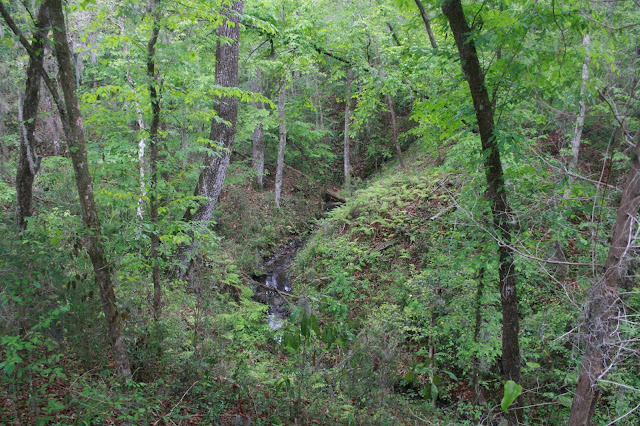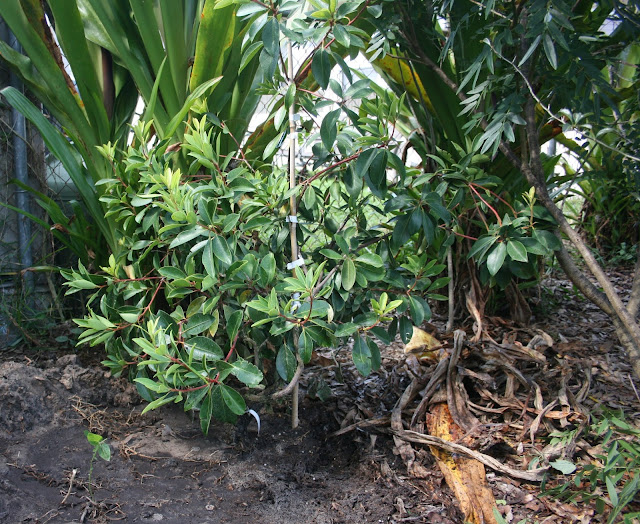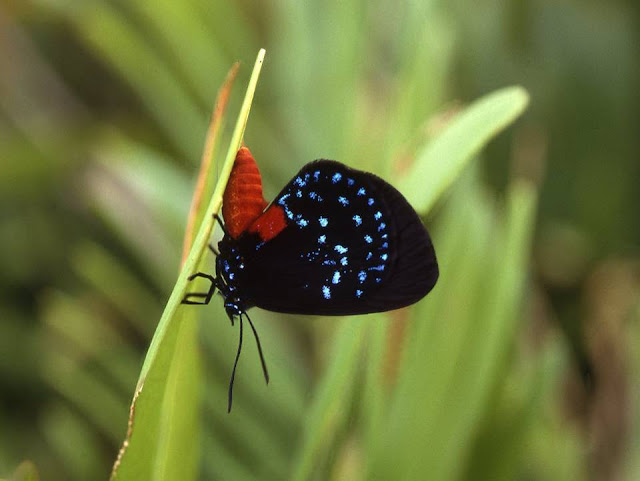Life and Death in the Landscape

The reality of creating a living landscape is that some of the life that is created dies. That's the way nature works. A few evenings ago, I watched a great egret hunt anoles along the fence that separates my backyard from that of my neighbor to the east of me. I'm told that this hunting behavior is relatively new, but it should have been easily predicted. Brown anoles are virtually everywhere in my yard and the landscapes of all my Florida neighbors and they constitute a food resource that has been underutilized. Nature detests that. One niche opens up and a species comes in to fill it. Egrets have been hunting and eating reptiles and amphibians along wetland edges for generations. It was only a matter of time before they learned to exploit this overabundant food source in the uplands nearby. We often assume that we know how nature works, but our knowledge base is founded on such a very short time geologically; our "normal" is founded on a very limited database. Na


